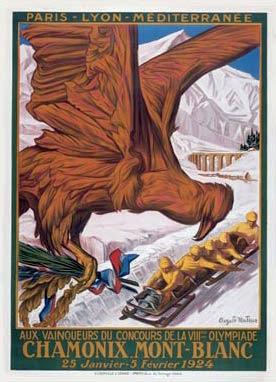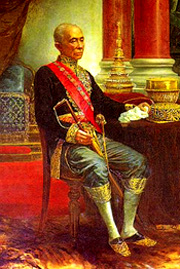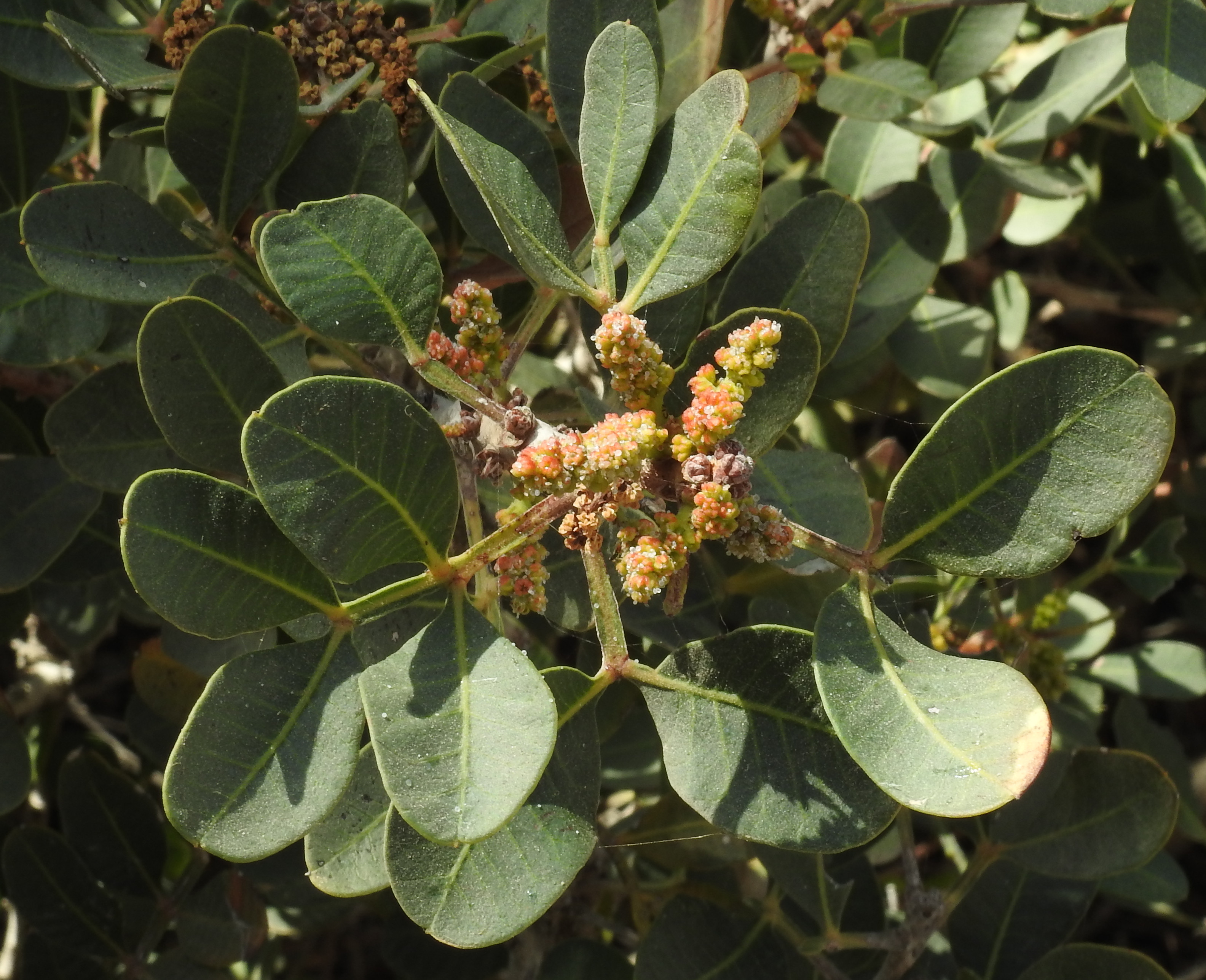|
Lucien Désiré Joseph Courchet
Lucien Désiré Joseph Courchet (31 July 1851– 10 March 1924) was a French botanist known for his work in the fields of plant anatomy and physiology. In 1884 he received his agrégation, afterwards being appointed professor of botany at the ''École supérieure de pharmacie'' in Montpellier (1889). As a taxonomist he was author of the plant genus '' Perriera'' (family Simaroubaceae). Selected works *''Étude sur le groupe des aphides et en particulier sur les pucerons du térébinthe & du lentisque'', 1878 – Study of aphid groups, in particular on aphids affecting oaks and mastics. *''Étude sur les galles causées par des aphidiens'', 1879 – Study on galls caused by aphids. * Les Ombellifères en général et les espèces usitées en pharmacie en particulier, - An account of the Umbelliferae (Apiaceae Apiaceae () or Umbelliferae is a family of mostly aromatic flowering plants named after the type genus ''Apium,'' and commonly known as the celery, carrot, or pars ... [...More Info...] [...Related Items...] OR: [Wikipedia] [Google] [Baidu] |
La Garde-Freinet
La Garde-Freinet (; Provençal: ''La Gàrdia Frainet'') is a commune in the Var department in the Côte d'Azur area in southeastern France. Location La Garde-Freinet is a medieval French mountain village, located in the Massif des Maures, 15 km northwest of Saint-Tropez. It is accessible via picturesque winding roads that run through forests of cork, oaks, and chestnuts. History The village was the site of Fraxinet, an Arab settlement of the ninth to tenth centuries. This settlement was used to demand ransoms and assassinate pilgrims and travelers going from France to Italy. Sights Established in the 11th century, the village has preserved its character with its field stone houses, old fashioned street names, and a village square framed with restaurants and local art galleries. From atop old Fort Freinet one can see the plains of Saint-Clément and the Argens valley, all the way to the Alps. People * André Pousse (1919 - 2005) French actor See also *Communes ... [...More Info...] [...Related Items...] OR: [Wikipedia] [Google] [Baidu] |
Plant Gall
Galls (from the Latin , 'oak-apple') or ''cecidia'' (from the Greek , anything gushing out) are a kind of swelling growth on the external Tissue (biology), tissues of plants. Plant galls are abnormal outgrowths of plant tissues, similar to benign tumors or warts in animals. They can be caused by various parasites, from viruses, fungi and bacteria, to other plants, insects and mites. Plant galls can be such highly organized structures that their cause can be determined without the actual agent being identified. This applies particularly to insect and mite plant galls. The study of plant galls is known as cecidology. Anatomy Shape and size Galls develop on various plant organs, providing nutrition and shelter to inducing insects. Galls display vast variation in Morphology (biology), morphology, size, and wall composition. The size of insect galls can range significantly, from approximately two inches in diameter to less than one-sixteenth of an inch. Some galls are so small ... [...More Info...] [...Related Items...] OR: [Wikipedia] [Google] [Baidu] |
People From Var (department)
The term "the people" refers to the public or common mass of people of a polity. As such it is a concept of human rights law, international law as well as constitutional law, particularly used for claims of popular sovereignty. In contrast, a people is any plurality of persons considered as a whole. Used in politics and law, the term "a people" refers to the collective or community of an ethnic group or nation. Concepts Legal Chapter One, Article One of the Charter of the United Nations states that "peoples" have the right to self-determination. Though the mere status as peoples and the right to self-determination, as for example in the case of Indigenous peoples (''peoples'', as in all groups of indigenous people, not merely all indigenous persons as in ''indigenous people''), does not automatically provide for independent sovereignty and therefore secession. Indeed, judge Ivor Jennings identified the inherent problems in the right of "peoples" to self-determination, as ... [...More Info...] [...Related Items...] OR: [Wikipedia] [Google] [Baidu] |
19th-century French Botanists
The 19th century began on 1 January 1801 (represented by the Roman numerals MDCCCI), and ended on 31 December 1900 (MCM). It was the 9th century of the 2nd millennium. It was characterized by vast social upheaval. Slavery was abolished in much of Europe and the Americas. The First Industrial Revolution, though it began in the late 18th century, expanded beyond its British homeland for the first time during the 19th century, particularly remaking the economies and societies of the Low Countries, France, the Rhineland, Northern Italy, and the Northeastern United States. A few decades later, the Second Industrial Revolution led to ever more massive urbanization and much higher levels of productivity, profit, and prosperity, a pattern that continued into the 20th century. The Catholic Church, in response to the growing influence and power of modernism, secularism and materialism, formed the First Vatican Council in the late 19th century to deal with such problems and confirm ce ... [...More Info...] [...Related Items...] OR: [Wikipedia] [Google] [Baidu] |
1924 Deaths
Events January * January 12 – Gopinath Saha shoots Ernest Day, whom he has mistaken for Sir Charles Tegart, the police commissioner of Calcutta, and is arrested soon after. * January 20–January 30, 30 – Kuomintang in China holds its 1st National Congress of the Kuomintang, first National Congress, initiating a policy of alliance with the Soviet Union and the Chinese Communist Party. * January 21 – Alexander Cambridge, 1st Earl of Athlone, The Earl of Athlone is appointed Governor-General of the Union of South Africa, and High Commissioner for Southern Africa.Archontology.org: A Guide for Study of Historical Offices: South Africa: Governors-General: 1910-1961 (Accessed on 14 April 2017) * January 22 – R ... [...More Info...] [...Related Items...] OR: [Wikipedia] [Google] [Baidu] |
1851 Births
Events January–March * January 11 – Hong Xiuquan officially begins the Taiping Rebellion in China, one of the bloodiest revolts that would lead to 20 million deaths. * January 15 – Christian Female College, modern-day Columbia College, receives its charter from the Missouri General Assembly. * January 23 – The flip of a coin, subsequently named the Portland Penny, determines whether a new city in the Oregon Territory will be named after Boston, Massachusetts, or Portland, Maine, with Portland winning. * January 28 – Northwestern University is founded in Illinois. * February 1 – '' Brandtaucher'', the oldest surviving submersible craft, sinks during acceptance trials in the German port of Kiel, but the designer, Wilhelm Bauer, and the two crew escape successfully. * February 6 – Black Thursday occurs in Australia as bushfires sweep across the state of Victoria, burning about a quarter of its area. * February 12 – ... [...More Info...] [...Related Items...] OR: [Wikipedia] [Google] [Baidu] |
François Gagnepain
François Gagnepain (23 September 1866 – 25 January 1952) was a French botanist. The standard botanical author abbreviation Gagnep. is applied to plants described by Gagnepain. With Achille Eugène Finet, he named a number of species within the botanical family Annonaceae. The genus '' Gagnepainia'' (family Zingiberaceae) was named in his honor by Karl Moritz Schumann. The French Academy of Sciences awarded Gagnepain the ''Prix de Coincy'' for the year 1907. Selected publications * ''Topographie botanique des environs de Cercy-la-Tour (Nièvre)'', Société d'histoire naturelle d'Autun, 1900 - Botanical topography involving the environs of Cercy-la-Tour (Nièvre). * ''Contributions à la flore de l'Asie orientale'', 1905, (in collaboration with Achille Eugène Finet) - Contributions to the flora of eastern Asia. * ''Contribution à l'étude géo-botanique de l'Indo-Chine'', 1926 - Contribution to the geobotanical study of Indochina Mainland Southeast Asia (histo ... [...More Info...] [...Related Items...] OR: [Wikipedia] [Google] [Baidu] |
Paul Henri Lecomte
Paul Henri Lecomte (8 January 1856, in Saint-Nabord, Vosges – 12 June 1934, in Paris) was a French botanist. In 1884, after attaining a number of degrees, Lecomte became a professor at Lycée Saint-Louis in Paris. In addition to his teaching duties, he worked in the botany laboratory of the ''Muséum national d'histoire naturelle'' ( French National Museum of Natural History) under Philippe van Tieghem. Lecomte obtained his doctorate in 1889 and subsequently took part in scientific expeditions to North Africa, Egypt, the Antilles, French Guiana and French Indo-China. In 1906, after having volunteered his time for some twenty years at the Muséum national d'histoire naturelle, Lecomte was formally appointed to head the spermatophyte department, a paid position, succeeding Louis Édouard Bureau. In 1917, he was elected a member of the French Academy of Sciences The French Academy of Sciences (, ) is a learned society, founded in 1666 by Louis XIV at the suggestion of J ... [...More Info...] [...Related Items...] OR: [Wikipedia] [Google] [Baidu] |
Apiaceae
Apiaceae () or Umbelliferae is a family of mostly aromatic flowering plants named after the type genus ''Apium,'' and commonly known as the celery, carrot, or parsley family, or simply as umbellifers. It is the 16th-largest family of flowering plants, with more than 3,800 species in about 446 genus, genera,Stevens, P.F. (2001 onwards).APIACEAE Lindley, nom. cons. ''Angiosperm Phylogeny Website''. Retrieved 16 December 2022. including such well-known, and economically important plants as ajwain, angelica, anise, Ferula assa-foetida, asafoetida, caraway, carrot, celery, chervil, coriander, cumin, dill, fennel, lovage, cow parsley, parsley, parsnip and Eryngium maritimum, sea holly, as well as Silphium (antiquity), silphium, a plant whose exact identity is unclear and which may be extinct. The family Apiaceae includes a significant number of phototoxic species, such as giant hogweed, and a smaller number of highly poisonous species, such as Conium maculatum, poison hemlock, Cicuta, ... [...More Info...] [...Related Items...] OR: [Wikipedia] [Google] [Baidu] |
Pistacia Lentiscus
''Pistacia lentiscus'' (also lentisk or mastic) is a dioecious evergreen shrub or small tree of the genus '' Pistacia'' native to the Mediterranean Basin. It grows up to tall and is cultivated for its aromatic resin, mainly on the Greek island of Chios, around the Turkish town of Çeşme''Pistacia lentiscus'' L. a Mansfeld's Database Taxonomy and northern parts of Iraq. Description [...More Info...] [...Related Items...] OR: [Wikipedia] [Google] [Baidu] |
Botanist
Botany, also called plant science, is the branch of natural science and biology studying plants, especially Plant anatomy, their anatomy, Plant taxonomy, taxonomy, and Plant ecology, ecology. A botanist or plant scientist is a scientist who specialises in this field. "Plant" and "botany" may be defined more narrowly to include only land plants and their study, which is also known as phytology. Phytologists or botanists (in the strict sense) study approximately 410,000 species of Embryophyte, land plants, including some 391,000 species of vascular plants (of which approximately 369,000 are flowering plants) and approximately 20,000 bryophytes. Botany originated as history of herbalism#Prehistory, prehistoric herbalism to identify and later cultivate plants that were edible, poisonous, and medicinal, making it one of the first endeavours of human investigation. Medieval physic gardens, often attached to Monastery, monasteries, contained plants possibly having medicinal benefit. ... [...More Info...] [...Related Items...] OR: [Wikipedia] [Google] [Baidu] |
Aphid
Aphids are small sap-sucking insects in the Taxonomic rank, family Aphididae. Common names include greenfly and blackfly, although individuals within a species can vary widely in color. The group includes the fluffy white Eriosomatinae, woolly aphids. A typical life cycle involves flightless females giving Viviparity, live birth to female Nymph (biology), nymphs—who may also be already Pregnancy, pregnant, an adaptation scientists call telescoping generations—without the involvement of males. Developmental biology, Maturing rapidly, females breed profusely so that the number of these insects multiplies quickly. Alate, Winged females may develop later in the season, allowing the insects to colonize new plants. In Temperate climate, temperate regions, a phase of sexual reproduction occurs in the autumn, with the insects often overwintering as eggs. The life cycle of some species involves an alternation between two species of host plants, for example between an annual crop and ... [...More Info...] [...Related Items...] OR: [Wikipedia] [Google] [Baidu] |





